Lembeh: a muck diving paradise
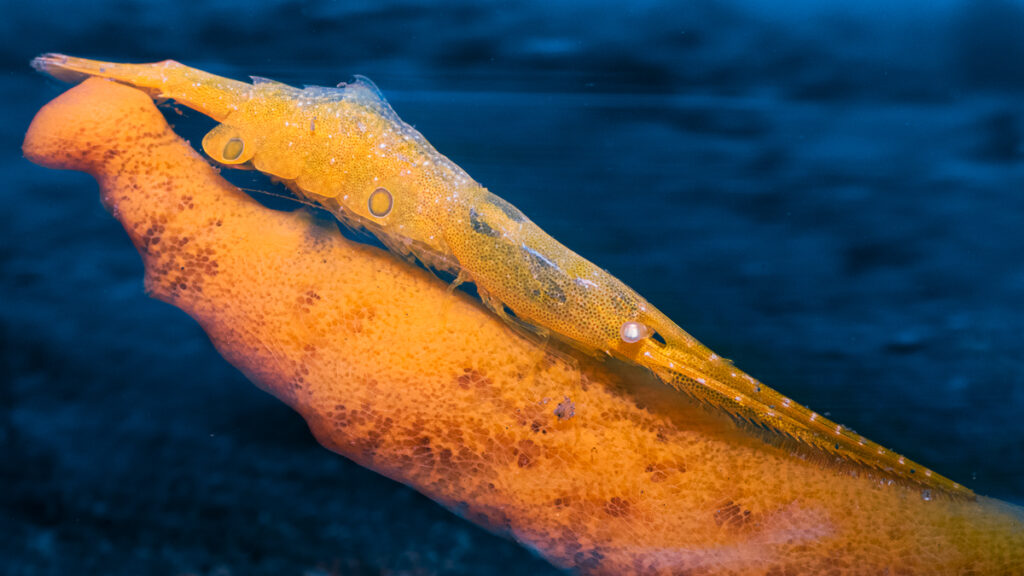
Lembeh has a global reputation for being a macro photography heaven, sometimes referred to as the “muck diving capital of the world”. As the pandemic seemed to fade away, I finally had a chance to fly to Manado (North Sulawesi, Indonesia), and tick this bucket-list destination of mine.

What is muck diving?
Perhaps I should start there: muck diving refers to exploring a sandy or silty bottom, in search for bizarre marine life not found or very rare in reef-type dive sites. Any sandy bottom won’t cut it: It takes a special chemistry to make a good muck dive, there must be a food source and/or conditions which allow different critters to thrive, such as a river estuary. The usual trade-off is limited visibility, and unflattering seascapes: sand, silt, rubble and sometimes trash. But don’t let this put you off, you’re up for a captivating underwater safari, let the critters hunt begin!
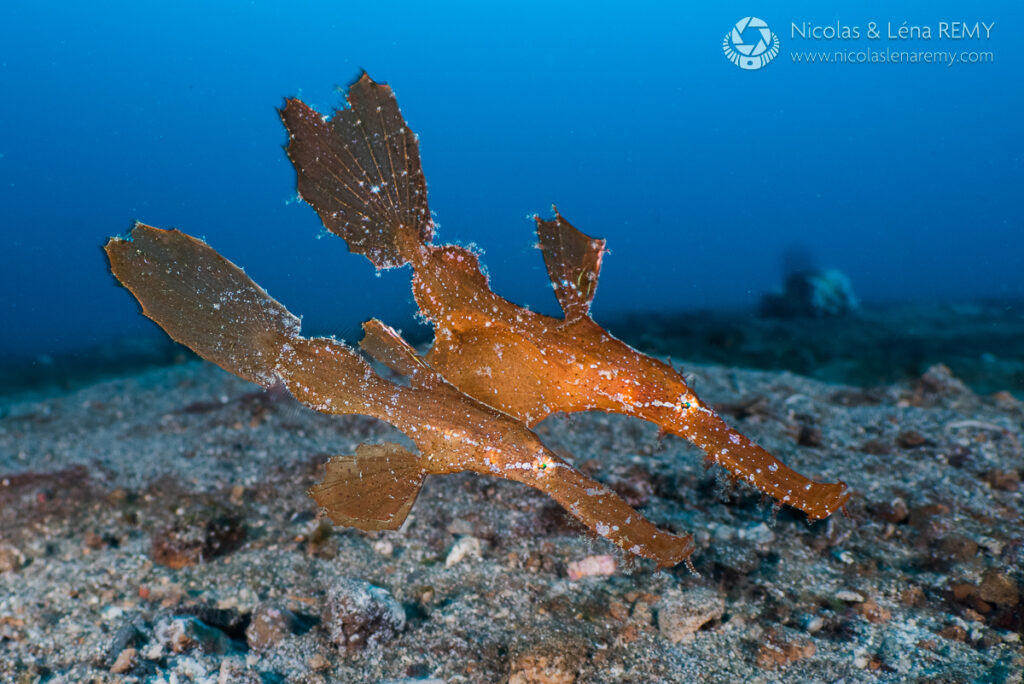
What makes Lembeh so good for muck diving?
Before Lembeh, I had muck-dived on 6 different sites spread over the world (France, Bali, Australia). I have heard local divers refer to such sites as being “our mini-Lembeh”, so my curiousity grew over years to see how THE real Lembeh compared.
Firstly, the diving takes place within the Lembeh strait, which is located between Lembeh island and the mainland (North Sulawesi, Indonesia). The strait itself is relatively shallow (maximum 80 meters depth) but the seafloor plunges right outside, and this topography generates current that brings marine life into the strait.
Secondly, the nutrient-rich volcanic soil of North Sulawesi provides fuel for the bottom of the food chain, distilled by rainwater.
Thirdly, the strait boasts more than 60 dive sites, meaning you won’t find be diving with a crowd of divers – local regulations allow no more than 15 divers of a site at a time. Also with the various bays scattered along the strait, it’s always to possible to find a site protected from currents. Amongst the 25 dives I had there, I have only experienced mild currents a few times, zero current on most dives.
Fourth, the visibility is pretty good (by muck diving standards), during a week of diving the visibility was between 10 and 15 meters, which makes underwater photography so much easier than the 3-5 meters viz I usually get in Sydney’s best muck dive!
Finally, the sea temperature varies between 26 and a balmy 29 degrees Celsius throughout the year. It felt good wearing a 3mm wetsuit again.

About the marine life
This article would be too short to list all the marine life that can be found when diving Lembeh, but I will name a few of those I saw and photographed during a week of diving end of May.
Flamboyant cuttlefish, mimic octopus, coconut octopus, hairy frogfish, painted frogfish, cockatoo waspfish, rhinopias (and various scorpionfish species), ribbon eels (adult and juveniles), ornate ghost pipefish, robust ghost pipefish, stick pipefish, pygmy seahorse (bargibanti), pygmy pipehorse, thorny seahorse, several mantis shrimp species, harlequin shrimp, tozeuma shrimp, tiger shrimp, candy crab, spotted porcelain crab… and many nudibranchs.
To my surprise, the Lembeh strait boasts a PLETHORA of anemonefish (clownfish, clark anemone fish, etc.): I can’t remember a dive where I didn’t see at least a dozen of them. Their host anemones seem to thrive on the volcanic black sand, I never saw that many of these fish on a dive trip before.

Diving Logistics
As mentioned earlier, 60+ sites can be dived along the shores of Lembeh strait. I was diving from Lembeh Resort, located in the middle of the strait, meaning our boat rides usually took less than 10 minutes, always on flat seas (no need for seasickness tablets!).
In the mornings we had either a double-tank dive boat trip (1 hour surface interval) or two single dives, then went back for lunch and left for an afternoon dive at 2:30pm.
On most dive sites, we would dive on a sandy slope, spending most time between 23 and 18 meters depth (a bit deeper when looking for rhinopias), looking for critters in the sand and rubble. Then, we would progressively ascend, zig-zagging along the slope, and finish our dive in the shallows, usually amongst coral reefs.
There was always an option for a night dive (another set of critters showing up on shallow, relaxing dives – much recommended) or specialty dives, like mandarin dives, bonfire dives or blackwater dives, many things to try!
Also, the resort has a good house-reef, which you can opt to dive self-guided with your buddy: good muck diving around 20 meters depth, sloping up to a healthy coral reef in the shallows.

Focus on Photography
Given the majority of divers travelling to Lembeh have an underwater camera, I was certainly expecting a “photography-friendly” resort, but my expectations were exceeded in many ways.
Time is precious underwater, so once my guide found a new subject, he would write the species name on a slate and point it to me. This way, I could quickly decide if I wanted to spend time photograph it or not. If so, the guide would suggest from which direction to approach, for the best photographic angle!
Indeed, all Lembeh Resort dive guides have received photography training, with some guides making it a specialty: they are talented underwater photographers themselves and very familiar with advanced photographic techniques. Not only did they help me carry a snoot, external flash, color filters and tripod, they very much know how to use these. My guide helped me point a remote strobe for snoot lighting, for backlighting, and also posed skillfully as a model.
Back in the resort, my guide would carry my underwater photography kit to the camera room, and leave it on my personal table where I could do any battery swap or just download my photo. That camera room made me save so much time: each photographer have their personal space, with towels to dry the equipment (there also a compressed air dryer outside) and abundant international wall power outlets.
Cherry on the cake: Lembeh Resort has a photo center, where you can rent or buy equipment (cameras, housing, lights, wet lenses, snoots), and learn how to use these. There is also a 3D printer which might allow producing THE accessory you need for a creative pursuit, or manufacture parts to allow if your photography kit needs an urgent repair.

Not only muck-diving
I expected to spend my week diving over muck and black sand, a type of scenery which typically calls for macro photography only.
To my surprise, on nearly every site, there was a coral reef in the shallows! We tend to visit these only for the safety stops, but if you find yourself in need for a “coral fix”, just ask your guide to ascend a bit quicker and spend more time there.
Now if you crave the full-blown coral reef experience (read larger coral gardens, over white sand and great visibility), you can opt for a 3-dives/day trip, which will take you from Lembeh Resort to the outer side of Lembeh Island. I haven’t tried though, as I always wanted more muck-diving despite 25 jumps in the strait.
Yet, I was glad to tick two bucket-list types of dives during my Lembeh stay. Firstly, the Mandarin dive, where you visit a patch of reef at dusk, which is the only time where the beautiful mandarin fish will emerge from the reef to fight (amongst males), engage courtship and mate. The second one was a Blackwater dive: at night, you dive a 20 meters deep line with bright lights, meant to attract planckton and larvae from deep water (the bottom is much deeper, 90 meters where we dove). The line is attached to a buoy which drifts with the current, making it a surprisingly relaxing experience: you’re drifting effortless with the said line. Then the whole game is to spot tiny animals feeding in the dark (your dive guides will help) that you wouldn’t see on a regular muck dive.
Finally, they are some great land-based tours nearby, for example, the Tangkoko National Park can be visited in just a half-day trip from Lembeh Resort, with the opportunity to see black-crested macaques, tarsiers and exotic birds.

Final Words
As an underwater photographer, I had been toying with the idea to visit Lembeh for many years, but always putting it off, thinking that my local muck diving (e.g. Clifton Gardens, Sydney) was already pretty good, and that it was up to me to sharpen photographic skills, to produce images as stunning as the Lembeh ones. Well, now I know why Lembeh is next-level, from a photographic standpoint.
First, our temperate muck-dives critters are not as abundant nor diverse as the Lembeh ones. Furthermore, the dive guides know where to find the species you’re looking for, even if they haven’t spotted them recently they will ask around other guides and maximize chances to get you that bucket-list item shot. Additionally, 10-15 meters of visibility makes it much easier to get a clean, details shot. Also, I had forgotten how comfortable it is to dive with a thin wetsuit, with no gloves nor hood, in a 28 degrees balmy water… Finally, diving with guides who are fluent photographers and can double-up as a photography assistants made it easier to fiddle with advanced photo techniques and push the artistry a step further.
All this meant that in each and every dive I bagged at least 1 photo I was very happy with. Add the comfort of a luxury resort with excellent food… I am already thinking of going back!Lembeh is truly a muck diving paradise, and if you want to mix your experience with more scenic coral gardens, remember you can dive the outer side of Lembeh island within a day trip.


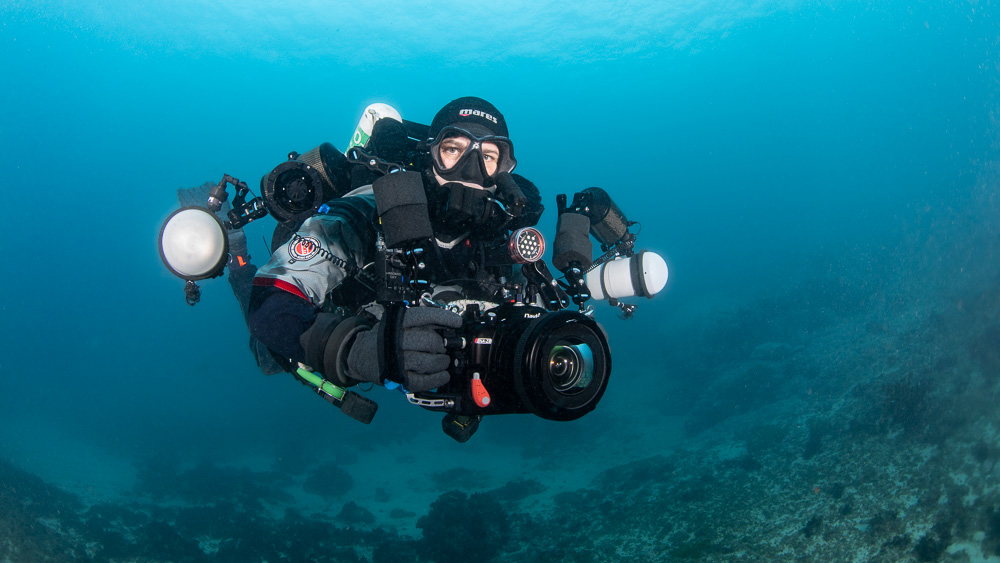
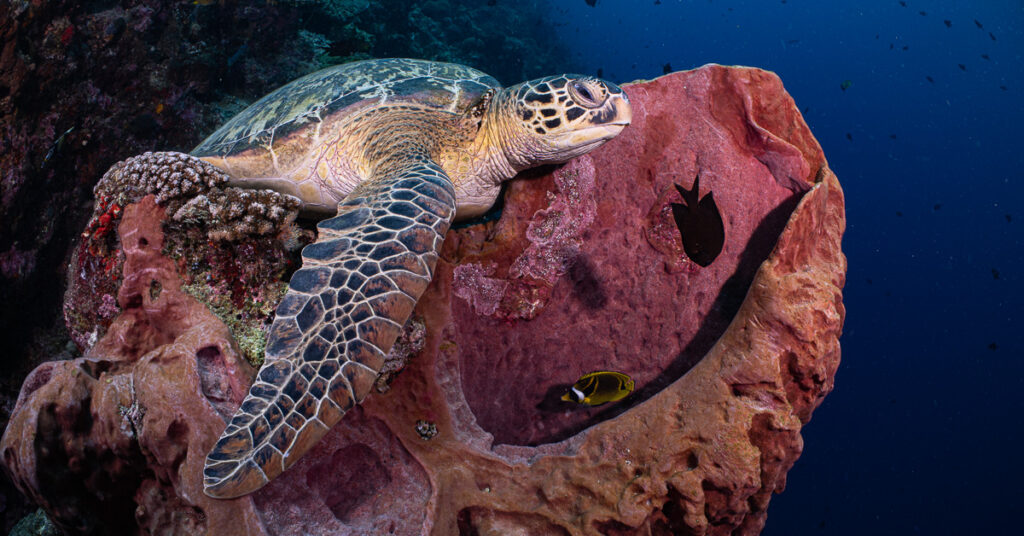

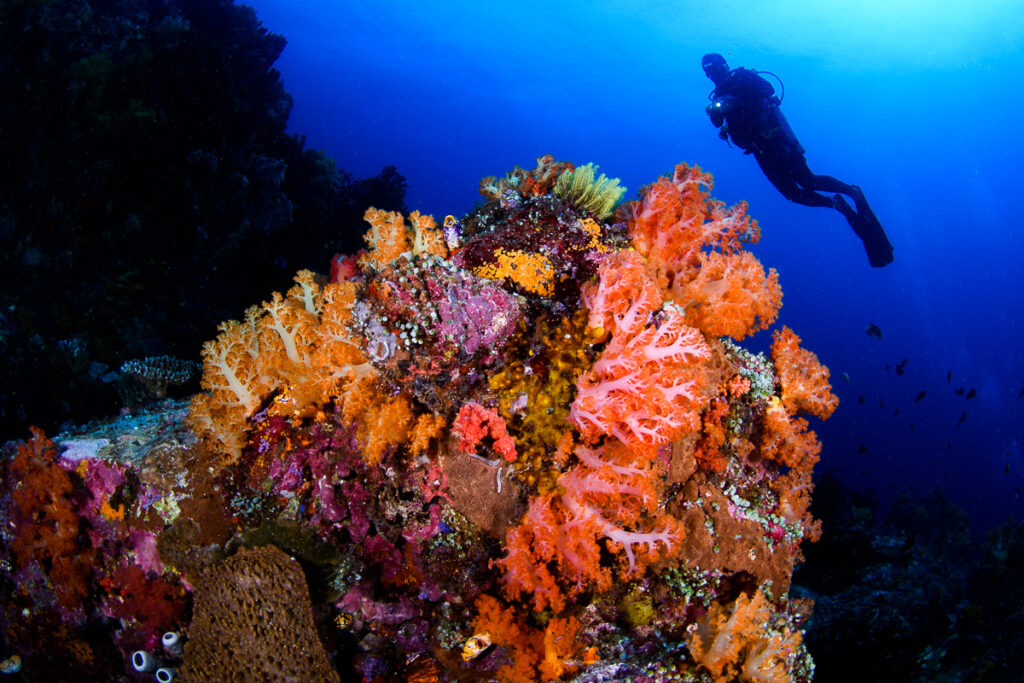
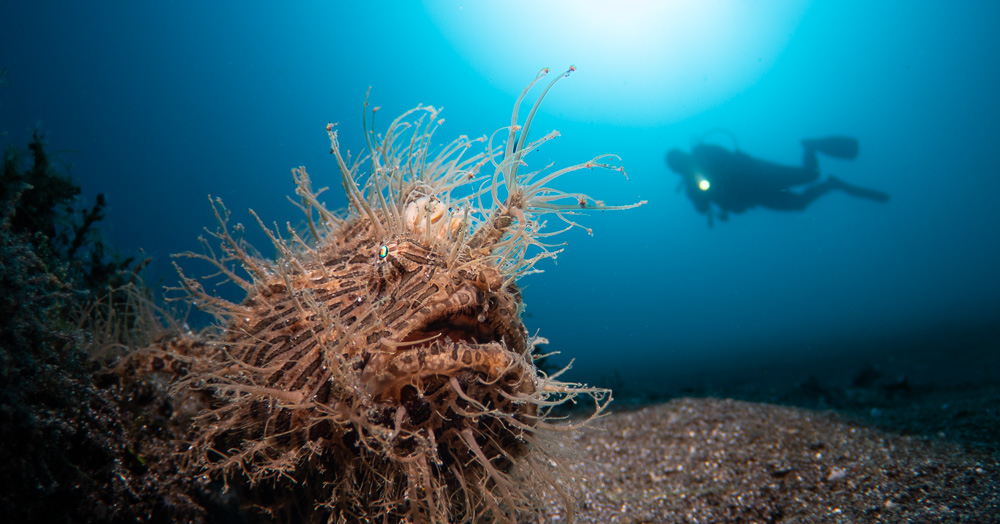
very interesting read, will certainly go to Lembeh one day.